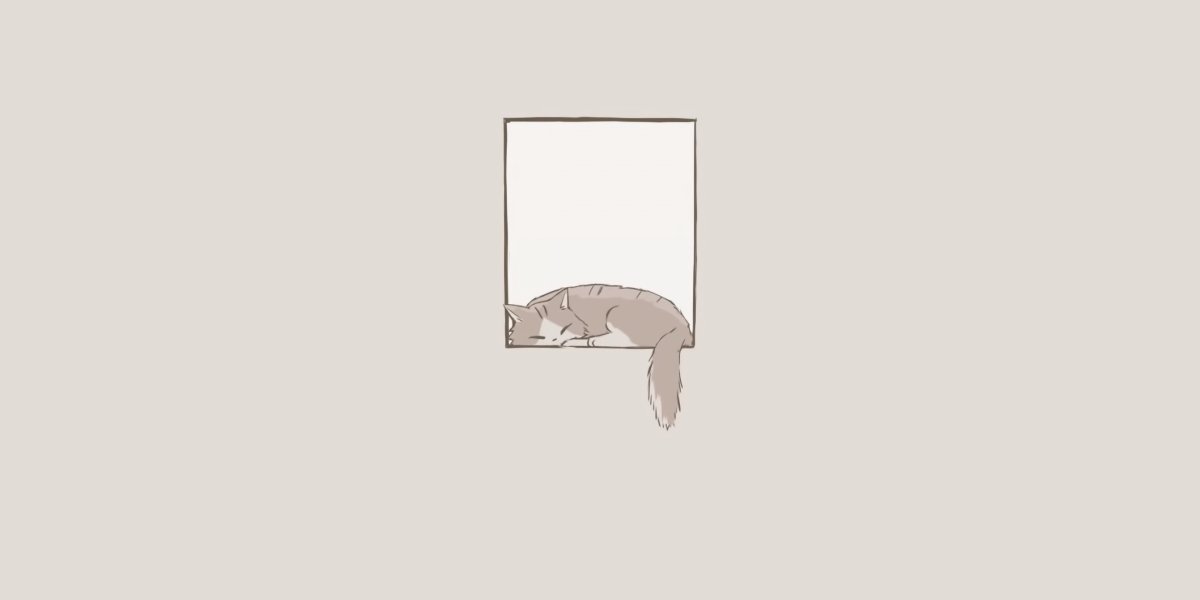When it comes to 3D printing with ABS, achieving optimal bed adhesion is crucial for successful prints. This thermoplastic is known for its strength and durability, but it can be challenging to work with due to its tendency to warp. In this article, we will explore practical advice for 3D printing with ABS, focusing on techniques that enhance bed adhesion.

Understanding the Importance of Bed Adhesion
Why is bed adhesion so important in 3D printing? Without proper adhesion, your print may lift off the build plate, leading to failed prints and wasted materials. This is particularly true for ABS, which shrinks as it cools. Therefore, understanding how to improve bed adhesion is essential for anyone looking to achieve high-quality prints.
Practical Advice for 3D Printing with ABS
- Use a Heated Bed: A heated bed is one of the most effective ways to ensure that your ABS prints stick. Setting the bed temperature between 90°C and 110°C can significantly reduce warping.
- Choose the Right Build Surface: Different surfaces can affect adhesion. Options like glass, PEI sheets, or Kapton tape are popular choices. Each material has its pros and cons, so consider experimenting to find what works best for your printer.
- Apply Adhesives: Using adhesives such as glue sticks, hairspray, or specialized 3D printing adhesives can enhance adhesion. A thin layer applied to the build surface can create a better bond between the ABS and the bed.
- Optimize Print Settings: Adjusting your print speed and layer height can also impact adhesion. Slower print speeds allow the material to adhere better to the bed, while a thicker first layer can help establish a solid foundation.
Temperature Management for Better Adhesion
Maintaining the right temperature is vital when printing with ABS. If the ambient temperature is too low, the material may cool too quickly, leading to warping. Consider enclosing your printer to maintain a stable environment. Additionally, preheating the build chamber can further enhance adhesion. If you are interested in more detailed guidance, check out this ABS 3D Printing Success Guide.
Monitoring and Adjusting During the Print
During the printing process, keep an eye on the first few layers. If you notice any signs of lifting or warping, it may be necessary to pause the print and make adjustments. This could involve increasing the bed temperature or modifying the print speed. Being proactive can save you time and materials in the long run.
Conclusion
In conclusion, achieving optimal bed adhesion when 3D printing with ABS requires a combination of the right equipment, materials, and settings. By following the practical advice for 3d printing with abs outlined in this article, you can significantly improve your printing success. Remember, experimentation is key, and what works for one printer may not work for another. Happy printing!







